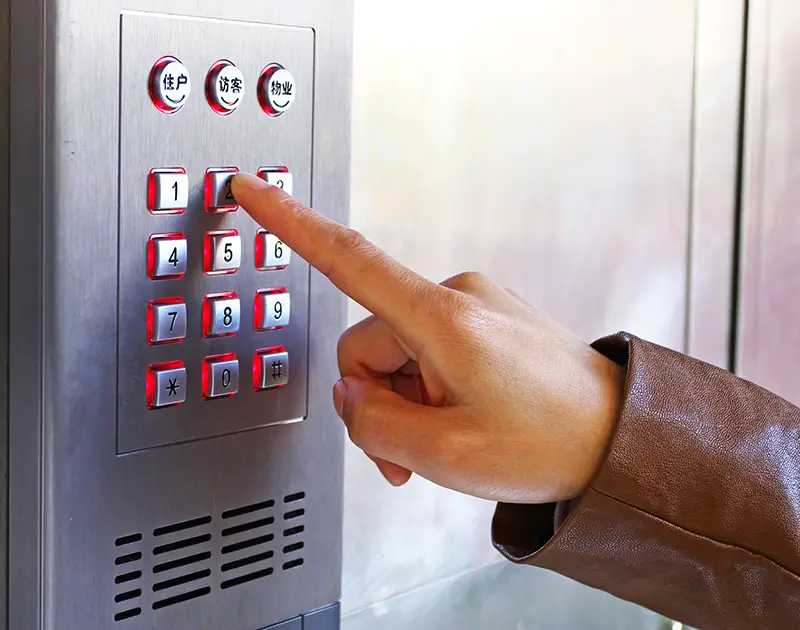Click here to get this post in PDF

Small businesses have had to tackle more challenges than most in the face of COVID-19. Security is a challenge that small business owners have to stay ahead of, but it’s not easy to focus on long-term resilience and strategy in the midst of the challenge itself. These security considerations will help small business owners to build a security plan that will carry them successfully through COVID-19 and into the future.
Invest in Access Control
COVID-19 has changed how we think about physical security. Health needs to be prioritized just as much as security does. Touchless access control has been the best tool for achieving both employee health and safety. Mobile and biometric characteristic credentials make it possible to eliminate touching high-use surfaces while still maintaining a high level of security. Companies like Swiftlane, Openpath, Kisi, and others are taking this health-conscious and secure approach to creating a holistic security strategy.
More so, access control can be integrated with visitor management – an important security consideration not always available or conducive to the small business until now. Office intercom systems allow for secure deliveries, access for contracted workers or maintenance staff, and frictionless client experience.
Cloud-Based Systems
Remote working has complicated security for small businesses. Storing data in the cloud can help ensure security while also facilitating collaboration between teams. Compared to local storage, cloud storage is more secure because providers use various layers of encryption. Employees, with their credentials, will still be able to access files from any location as long as they have an internet connection. Cloud data storage also serves as a backup that can be used for disaster recovery in case of an emergency. Small businesses have a wide range of cloud storage options to choose from, including Google Drive, Dropbox Business, Microsoft OneDrive, and Box.
Rethink Security Policy
Small businesses have been forced to make massive changes as COVID-19 has led to unprecedented new realities. Security strategies and routines need to align with new changes that are connecting entire workforces who are now working at home to re-adjusting business processes to new norms. Some recommendations are as follows:
- Connect to the internet over Virtual Private Networks (VPNs)
- Install multi-factor authentication to ensure an extra layer of screening when employees are accessing their company email or sensitive data from remote locations
- Use encrypted software to manage shared passwords
- Create security policies for use of mobile devices
Health Safety Tools
Lessons learned from COVID-19 have inspired an entire range of hi-tech health tools that can be used to ensure a safer and more hygienic workplace. An international task force led by Harvard Medical School established that mobile health technologies are a viable option for monitoring patients who are unwell, as well as predicting who needs medical intervention.
Best Practices
Employee training is an integral part of ensuring security in small businesses. Not just in the COVID era but thereafter as well. Make sure that there are clear and concise guidelines telling employees how they should secure their devices and ensure security while at work. Passwords should be protected at all times and physical documents must be properly locked up. Consider creating an in-depth training program on workplace security and safety. New employees should be required to complete this training. Existing employees should also be asked to periodically review best practices to make sure they are on top of security.
Conclusion
The continued success of a small business depends on many factors, one of which is security. Since the security landscape is always changing, small business owners should continually update their security policies and use the latest technology to mitigate threats. The tips discussed here can go a long way to help keep your workplace safe and secure during and after COVID-19.
You may also like: Complete Guide to security monitoring
Image source: Shutterstock.com
